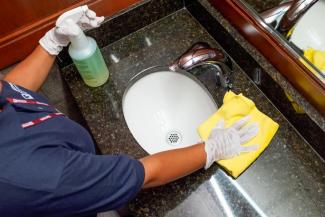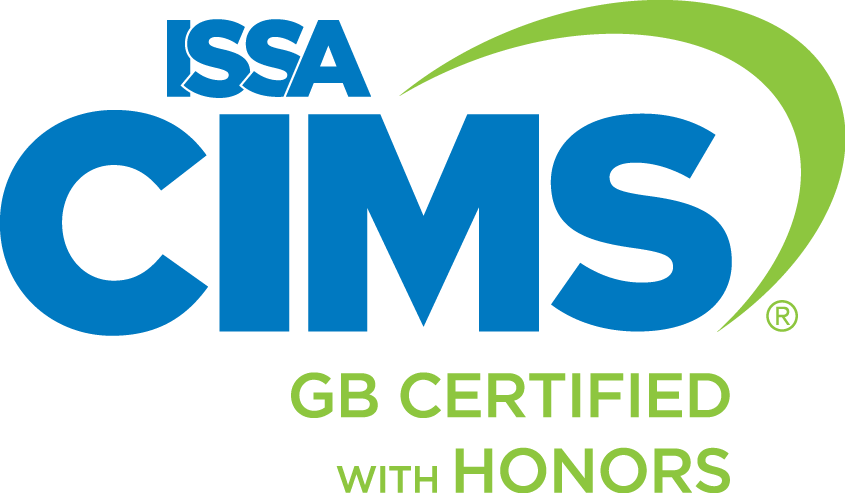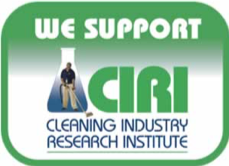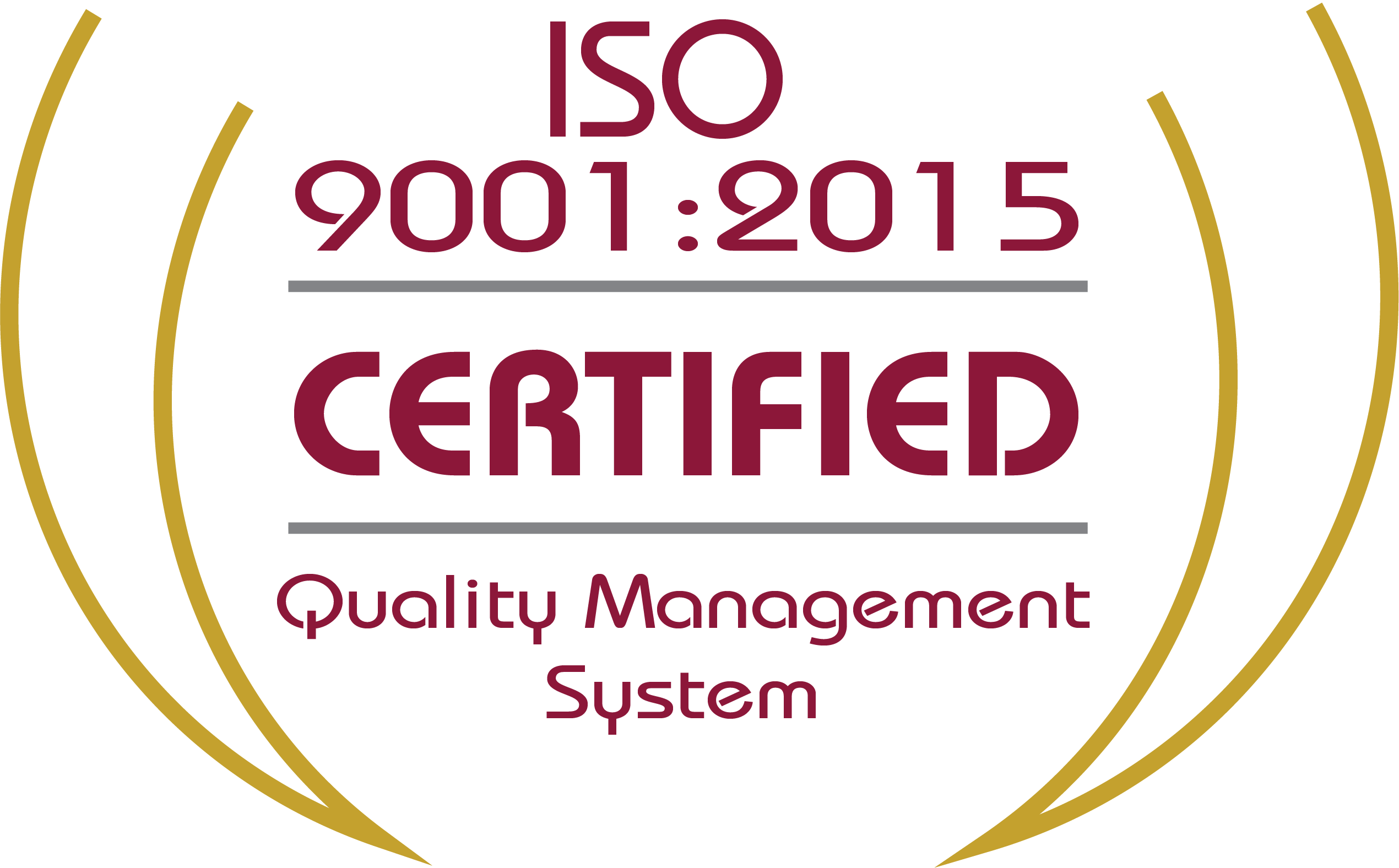The History of Soap

There isn’t a more basic combination in cleaning for health than soap and water, but most modern soaps today aren’t actually “soap” at all.
While soap’s exact origins are unknown, there is a Roman legend about its creation. Rain water washed down the side of Mount Sapo, mixing together the animal fats and wood ashes from cooking fires into a slippery paste. This paste removed dirt and cleaned objects more easily than water alone. “Sapo” became the Latin word for “soap,” but this mountain’s location has been lost to time and the story is likely all a myth.
Soap’s known history stretches back to ancient Babylon, around the year 2800 BC. Ancient Mesopotamians and Egyptians used soaps, made from a mixture of animal fats and either lye from ashes or alkaline salts, for both washing wool and bathing.
Soap making was common throughout Europe and the Middle East until the 5th century, and was more prominent in areas where olive oil was readily available. Early on, it was predominantly used for cleaning cotton and wool, as opposed to personal hygiene; the Romans in particular rubbed oils on their skin, which they then scraped off along with the dirt, instead of using soap.
After the fall of the Roman Empire, cleaning with soap and bathing in general decreased dramatically across Europe. Other regions still saw the benefits of bathing, but Europe’s lack of soap contributed to the spread of diseases and plagues.
Up until the 1700s, Europeans and American colonists exclusively used soap for household cleaning and laundry. They feared that water spread diseases, so bathing was infrequent if it happened at all (and even then, it was without soap). Bathing made a necessary and triumphant return to Europe in the 17th century, although soap was still difficult to make at scale and was considered a luxury item.
In 1791, Nicolas Leblanc found new methods for creating soap from soda ash, allowing it to be mass-produced just in time for the Industrial Revolution to begin. The Civil War finally revived the practice of bathing with soap with a need for personal hygiene on the battlefield. It also spurred the creation of cheaper soaps which were accessible to anyone, not just wealthier people.
Soap was made in a similar fashion until the early 20th century, when World War I and World War II caused shortages of the animal fats and vegetable oils used in soap production. The result was the creation of synthetic ingredients with slightly different properties but the same cleaning results. These new formulas, called “detergents,” were marketed as an equal or even better alternative to soaps, and make up the majority of “soap” produced today.
Whether it’s real soap or technically a detergent, it has been central to keeping people clean and healthy for thousands of years. It became even more important during the early months of the COVID-19 pandemic, when it was still unclear whether the virus was spread through touch or through the air. Soap is effective against viruses (and bacteria and dirt in general) not because it was designed to kill them, but rather to remove them. It lowers the surface tension of water molecules, making it easier for them to bind with whatever is on your skin or the object you’re cleaning. The water molecules can then easily carry away the unwanted contaminant down the drain and away from human contact.
Much like soap, Janitronics has continued to adapt to different cleaning needs with an emphasis on health. While our history doesn’t go back quite as far, we still have over five decades of experience as experts in cleaning and are ready to meet whatever challenges our customers bring us next. If you would like to learn about our commitment to cleaning for health, contact us today.



